This article includes a list of references, related reading or external links, but its sources remain unclear because it lacks inline citations .(January 2015) |



Viscount Clare was a title in the Peerage of Ireland, created twice.
This article includes a list of references, related reading or external links, but its sources remain unclear because it lacks inline citations .(January 2015) |



Viscount Clare was a title in the Peerage of Ireland, created twice.
The titles of Viscount Clare and Baron Moyarta were conferred on Daniel O'Brien, a younger son of Connor O'Brien, 3rd Earl of Thomond, on 11 July 1662. These titles were forfeit by the attainder of the third Viscount in 1691. However, the title continued to be used by his descendants in France. In 1741 the titular sixth Viscount Clare also succeeded as heir-male to the Earls of Thomond, and assumed that title as well, though because of his grandfather's attainder the succession was not recognised in Ireland. The claim to the viscounty and the earldom became dormant on the death of the titular seventh Viscount in 1774, and the headship of the O'Brien dynasty passed to the Earls of Inchiquin.
The titles of Viscount Clare and Baron Nugent were conferred on the politician Robert Craggs-Nugent on 19 January 1767. He was later created Earl Nugent. The viscounty became extinct on the death of the grantee in 1788.
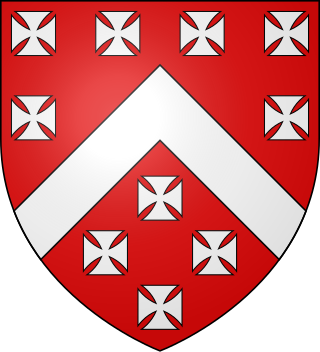
William de Berkeley, 1st Marquess of Berkeley was an English peer, given the epithet "The Waste-All" by the family biographer and steward John Smyth of Nibley. He was buried at "St. Augustine's Friars, London" according to one source, but most likely in the Berkeley family foundation of St Augustine's Abbey, Bristol.

Robert Craggs-Nugent, 1st Earl Nugent PC was an Irish politician and poet. He was tersely described by Richard Glover as a jovial and voluptuous Irishman who had left popery for the Protestant religion, money and widows.
Earl Nugent was a title the Peerage of Ireland. It was created on 21 July 1776 for Robert Craggs-Nugent, 1st Viscount Clare, with remainder, failing heirs male of his body, to his son-in-law The 3rd Earl Temple and the heirs male of his body. Craggs-Nugent had already been made Baron Nugent, of Carlanstown in the County of Westmeath, and Viscount Clare, in the Peerage of Ireland on 19 January 1767. He died 13 October 1788, when the barony and viscountcy became extinct, and the earldom, under the terms of the special remainder, passed to his son-in-law, formerly known as Lord Temple, now The 1st Marquess of Buckingham. The earldom remained in his family until the death of The 5th Earl Nugent, also The 3rd Duke of Buckingham and Chandos, on 26 March 1889. See Viscount Cobham for further history of the title. The barony of Nugent was revived in 1800 in favour of his daughter, Mary, Marchioness of Buckingham. See Baron Nugent.
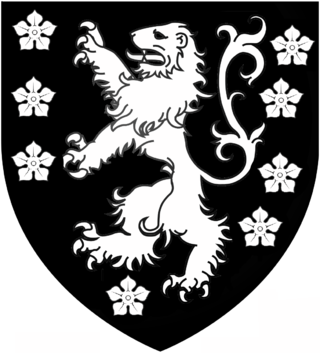
Baron Clifton, of Leighton Bromswold in the County of Huntingdon, is a title in the Peerage of England. It was created in 1608 for Sir Gervase Clifton, who made Prebendal house which was built by John Thorpe and later owned by the Clifton baronets branch of the family. The peerage was created by writ, which means that it can descend through both male and female lines. Lord Clifton died without surviving male issue and was succeeded by his daughter Katherine, the second Baroness. She married Esmé Stewart, 3rd Duke of Lennox. They were both succeeded by their eldest son James, the fourth Duke and third Baron. When he died the titles passed to his son, the fifth Duke and fourth Baron. On his death in 1660 at the age of 11, the barony separated from the dukedom. The barony was inherited by the late Duke's sister Mary, the fifth Baroness. She married Richard Butler, 1st Earl of Arran, but died aged only 18. She was succeeded by her first cousin the sixth Duke of Lennox, who became the sixth Baron Clifton as well. He was the son of Lord George Stuart, the fourth son of the third Duke and the second Baroness Clifton. On his death, the barony and dukedom again separated.
Earl of Tyrconnell is a title that has been created four times in the Peerage of Ireland.

James Cecil, 5th Earl of Salisbury, known as Viscount Cranborne from 1691 to 1694, was a British nobleman, politician, and peer. Salisbury was the son of James Cecil, 4th Earl of Salisbury, and Frances Bennett, and succeeded his father in the earldom in 1694. From 1712 to 1714 he served as Lord Lieutenant of Hertfordshire.

Henry Herbert, 1st Earl of Carnarvon PC, known as The Lord Porchester from 1780 to 1793, was a British Whig politician who sat in the House of Commons from 1768 to 1780 when he was raised to the peerage as Baron Porchester. He served as Master of the Horse from 1806 to 1807 in the Ministry of All the Talents headed by Lord Grenville.

Earl of Bellomont, in the Kingdom of Ireland, was a title that was created three times in the Peerage of Ireland. The first creation came on 9 December 1680 when Charles Kirkhoven, 1st Baron Wotton, was made Earl of Bellomont. He had already been created Baron Wotton, of Wotton in the County of Kent, in the Peerage of England on 31 August 1650. He was childless and both titles became extinct on his death in 1683.
Earl of Thomond was an hereditary title in the Peerage of Ireland. It was created twice for the O'Brien dynasty which is an ancient Irish sept native to north Munster.
Somerset Hamilton Butler, 1st Earl of Carrick, PC, known as the Viscount Ikerrin from 1721 to 1744, was the son of Thomas Butler, 6th Viscount Ikerrin and Margaret Hamilton, daughter and co-heiress of James Hamilton of Bangor, County Down and Sophie Mordaunt. He succeeded his brother James Butler as the 8th Viscount Ikerrin on 20 October 1721. Subsequently, he was invested as a Privy Council of Ireland on 14 April 1746. He was awarded an LL.D. honorary degree by Dublin University on 23 February 1747. He was created Earl of Carrick on 10 June 1748. The name "Carrick" refers to the town of Carrick-on-Suir in County Tipperary. It was also the title of his remote ancestor, Edmund Butler, Earl of Carrick.
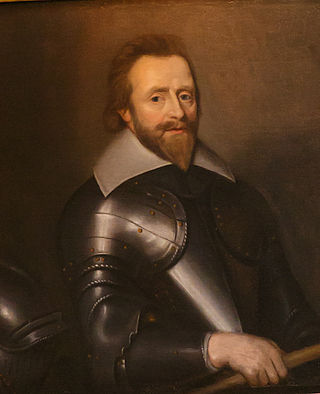
There have been two baronetcies created for members of the Coote family. The first is Coote of Castle Cuffe, while the second is Coote of Donnybrooke, both in the Baronetage of Ireland. As of 2020, the first creation is still extant. The holders of the first creation also held the title of Earl of Mountrath between 1660 and 1802.

Barnabas O'Brien, 6th Earl of Thomond, son of Donogh O'Brien, 4th Earl of Thomond; succeeded his brother as earl, 1639; was lord-lieutenant of Clare, 1640–41: had his rents seized, 1644; admitted a parliamentary garrison to Bunratty Castle and went to England: joined Charles I; successfully petitioned parliament for £2,000 spent in the parliamentary cause.
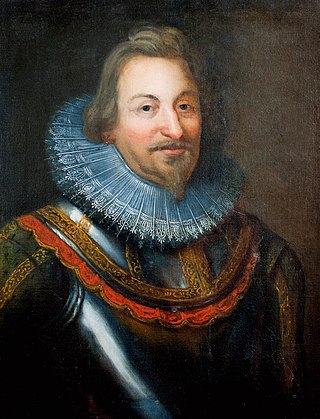
Donogh O'Brien, 4th Earl of Thomond and Baron Ibrickan, PC (Ire), was a Protestant Irish nobleman and soldier. He fought for Queen Elizabeth during Tyrone's Rebellion and participated in the Siege of Kinsale. He obtained the transfer of County Clare, where most of his lands lay, from the Province of Connacht to that of Munster. He was made president of Munster in 1605.
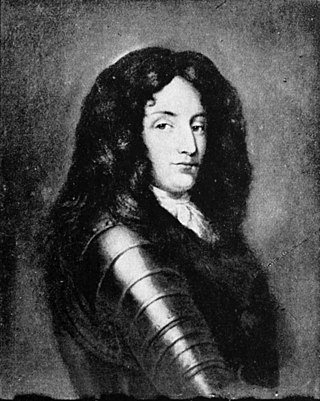
Sir Daniel O'Brien, 1st Viscount Clare also called Donal was an Irish politician and soldier. He was born a younger son of Connor O'Brien, 3rd Earl of Thomond. He fought against the insurgents at Tyrone's Rebellion, but for the insurgents in the Irish Rebellion of 1641 and the Irish Confederate Wars. He resisted the Cromwellian conquest of Ireland. He joined Charles II of England in exile and was in his eighties made a viscount at the Restoration.

Daniel O'Brien, 3rd Viscount Clare, was with King Charles II in exile during the interregnum. At the Restoration, he obtained the title of Viscount Clare for his grandfather and full restoration of the family's lands. At the Glorious Revolution he supported James II, sitting in the Patriot Parliament and fighting for him at the Battle of the Boyne. He was in consequence attainted as a Jacobite.

Connor O'Brien, 2nd Viscount Clare was the son of Daniel O'Brien, 1st Viscount Clare and Catherine FitzGerald, a daughter of Gerald, 14th Earl of Desmond.

Charles O'Brien,, 6th Viscount Clare was an Irish military officer in French service, known to posterity as the Maréchal de Thomond.

Charles O'Brien, 7th Viscount Clare, titularEarl of Thomond (1757-1774) was a Franco-Irish nobleman.

The O'Brien dynasty is a noble house of Munster, founded in the 10th century by Brian Boru of the Dál gCais (Dalcassians). After becoming King of Munster, through conquest he established himself as Ard Rí na hÉireann. Brian's descendants thus carried the name Ó Briain, continuing to rule the Kingdom of Munster until the 12th century where their territory had shrunk to the Kingdom of Thomond which they would hold for just under five centuries.
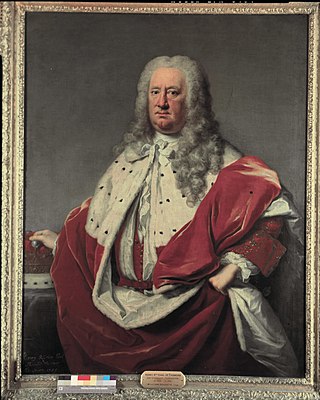
Henry O'Brien, 8th Earl of Thomond was an Irish peer and Member of Parliament.